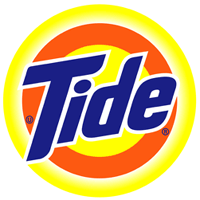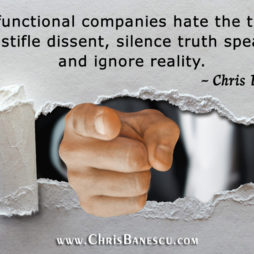 by Bruce Brown and Scott D. Anthony –
by Bruce Brown and Scott D. Anthony –
Back in 2000 the prospects for Procter & Gamble’s Tide, the biggest brand in the company’s fabric and household care division, seemed limited. The laundry detergent had been around for more than 50 years and still dominated its core markets, but it was no longer growing fast enough to support P&G’s needs. A decade later Tide’s revenues have nearly doubled, helping push annual division revenues from $12 billion to almost $24 billion. The brand is surging in emerging markets, and its iconic bull’s-eye logo is turning up on an array of new products and even new businesses, from instant clothes fresheners to neighborhood dry cleaners.
This isn’t accidental. It’s the result of a strategic effort by P&G over the past decade to systematize innovation and growth.
To understand P&G’s strategy, we need to go back more than a century to the sources of its inspiration—Thomas Edison and Henry Ford. In the 1870s Edison created the world’s first industrial research lab, Menlo Park, which gave rise to the technologies behind the modern electric-power and motion-picture industries. Under his inspired direction, the lab churned out ideas; Edison himself ultimately held more than 1,000 patents. Edison of course understood the importance of mass production, but it was his friend Henry Ford who, decades later, perfected it. In 1910 the Ford Motor Company shifted the production of its famous Model T from the Piquette Avenue Plant, in Detroit, to its new Highland Park complex nearby. Although the assembly line wasn’t a novel concept, Highland Park showed what it was capable of: In four years Ford slashed the time required to build a car from more than 12 hours to just 93 minutes.
How could P&G marry the creativity of Edison’s lab with the speed and reliability of Ford’s factory? The answer its leaders devised, a “new-growth factory,” is still ramping up. But already it has helped the company strengthen both its core businesses and its ability to capture innovative new-growth opportunities.
P&G’s efforts to systematize the serendipity that so often sparks new-business creation carry important lessons for leaders faced with shrinking product life cycles and increasing global competition.
Laying the Foundation
Innovation has long been the backbone of P&G’s growth. As chairman, president, and CEO Bob McDonald notes, “We know from our history that while promotions may win quarters, innovation wins decades.” The company spends nearly $2 billion annually on R&D—roughly 50% more than its closest competitor, and more than most other competitors combined. Each year it invests at least another $400 million in foundational consumer research to discover opportunities for innovation, conducting some 20,000 studies involving more than 5 million consumers in nearly 100 countries. Odds are that as you’re reading this, P&G researchers are in a store somewhere observing shoppers, or even in a consumer’s home.
…
HT: Harvard Business Review (read full article)



